Text

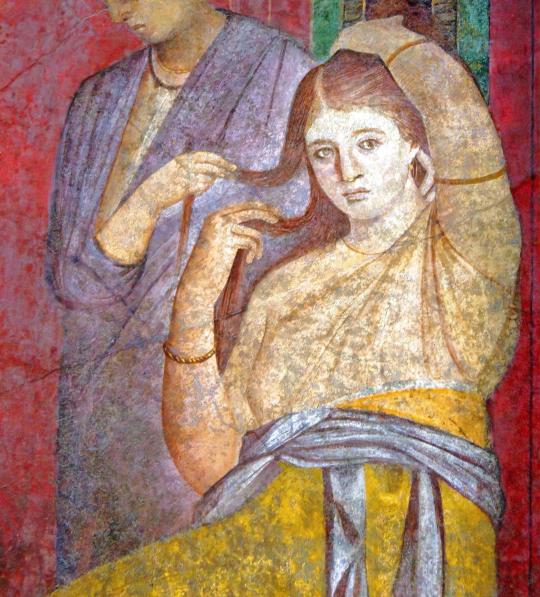
Fresco from the Villa of Mysteries in Pompeii.
760 notes
·
View notes
Text

A graffiti in Pompeii roughly 2000 years old that reads "hic fuimus cari duo nos sine fine sodales nomina si [quaeris, Caius et Aulus erant];" – "we two men, dear companions without end, were here. if you [ask for] our names, [they are Caius and Aulus]"
478 notes
·
View notes
Text

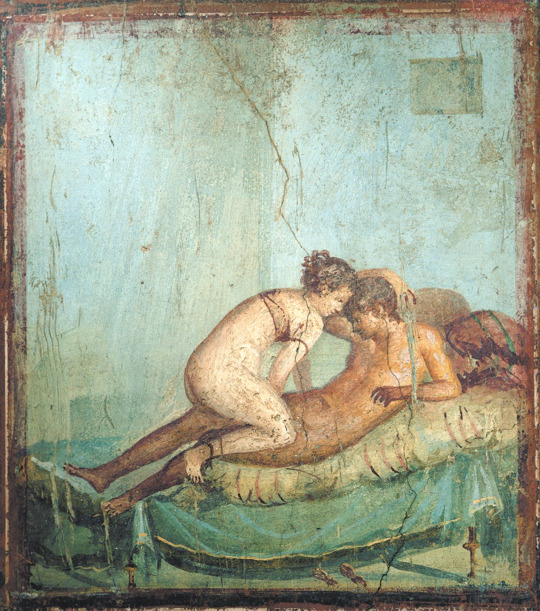
Two erotic scenes from Pompeii, ca. 50-79 AD
Top: Fresco from the House of L. Caecilius Jucundus, now in the collection of the Naples National Archaeological Museum (via)
Bottom: Fresco on a bedroom wall of the Casa del Centenario (via)
497 notes
·
View notes
Text
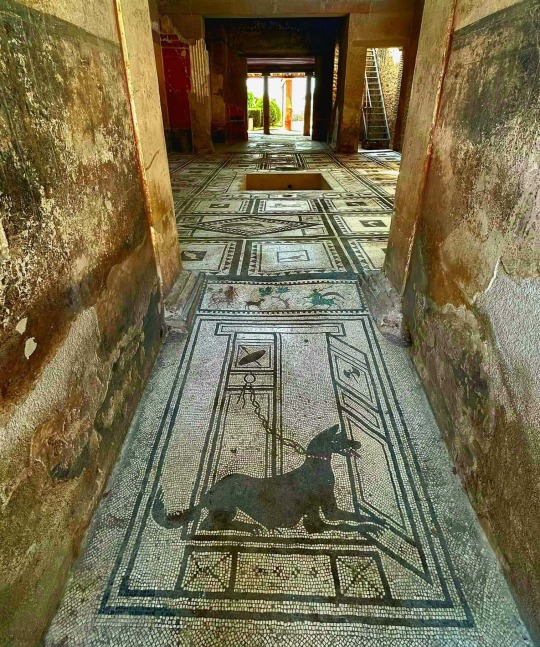
One of the many "Cave Canem" or beware dog warning mosaics that met you when entering certain houses in Pompeii. Some show the dog chained while others appear to be allowed to roam free. This is a taller, leaner breed with a short coat and long sharp teeth while others have a long coat and are heavyset. The images above the dog show hunting scenes with the same looking dog so assumptions could be made that a vicious hunting dog guards this family.
Photo: Public Domain.
#dansromanhistory #romanempire #romanrepublic #ancientromanhistory #romanhistory #ancienthistory #pompeii
Source: Facebook
Dan’s Roman History
0 notes
Text
"The Kiss", a 12,000-year-old rock painting at Pedra Furada in Brazil

65K notes
·
View notes
Text

Roman Mosaic in the Zeugma Mosaic Museum ( Turkey)
144 notes
·
View notes
Text
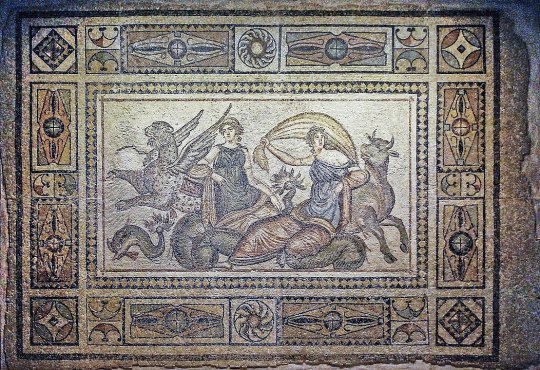
Zeugma Mosaic of Icarus and Daedalus, Roman period, Turkey
639 notes
·
View notes
Text
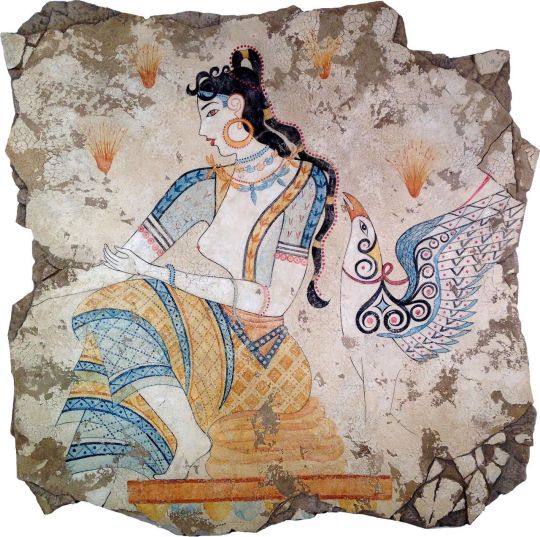
The Saffron Goddess (1600 B.C.) is a detail from a Minoan fresco depicting a saffron harvest, Akrotiri, Santorini island, Greece
8K notes
·
View notes
Text

Ca' d'Oro - Photo - hautebohemiansmfv
230 notes
·
View notes
Text
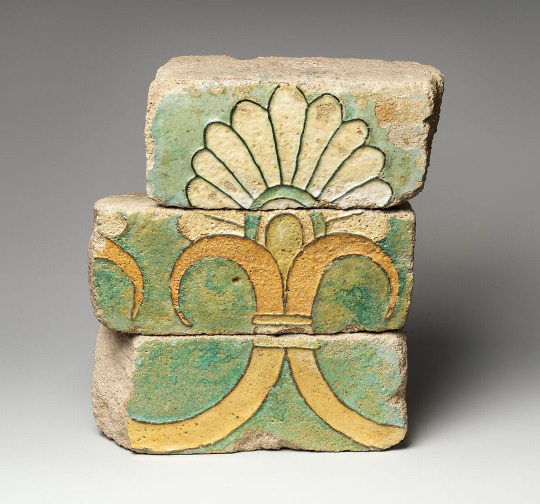
Bricks with a palmette motif
Achaemenid, ca. 6th–4th century BCE
Iran, Susa
Glazed ceramic
Collection Met Museum
94 notes
·
View notes
Text
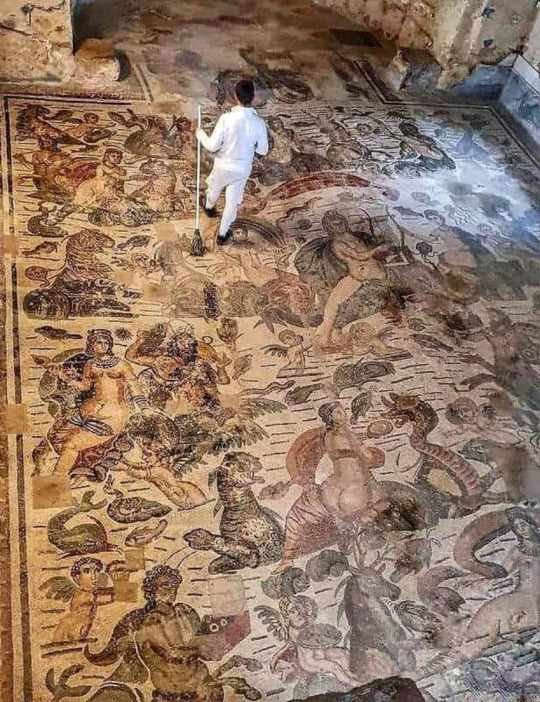
Ancient Roman mosaic floor at Villa Romana del Casale, Sicily, Italy, depicts mythical creatures and characters from Greek mythology.
3K notes
·
View notes
Text

Fresco in the form of a Lararium. Tavern of Lucius Vetutius Placidus, in Pompeii.
Fortuna, goddess of good luck and abundance, in the middle of two Lares (protective spirits). On the right Bacchus, god of wine, on the left Mercury, god of commerce and profit. Below, the two "good snakes" in front of the offering.
Lucius was clear about which gods and spirits to invoke in his tavern.
335 notes
·
View notes
Text

Roman domus known as ' House of Muses", Türkiye.
Photos and text from DAILY SABAH - ANADOLU AGENCY
The House of Muses, discovered in the ancient city of Zeugma in the Nizip district of southeastern Gaziantep province during excavations carried out since 2007, is one of the most important examples of Roman residences in the historical site with its rich architectural decoration, well-preserved mosaics and frescoes.
Zeugma is home to Roman houses, believed to belong to nobles, dating back to the second and third century B.C
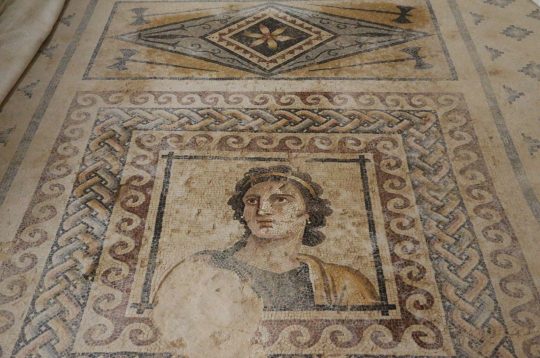
The ancient city’s House of Muses, which was unearthed after 14 years of excavations, was named after a mosaic on its floor depicting the nine muses of ancient Greece, who, according to legend, rule over the arts and sciences and inspire those who pursue them.

The Zeugma Mosaic Museum, one of the world's largest mosaic museums, is home to unique ancient artifacts, such as mosaics, Roman-era fountains, a bronze sculpture of Mars – the god of war in Roman mythology – and the famed Gypsy Girl.
Article published on August, 17, 2021 - DAILY SABAH
246 notes
·
View notes
Text
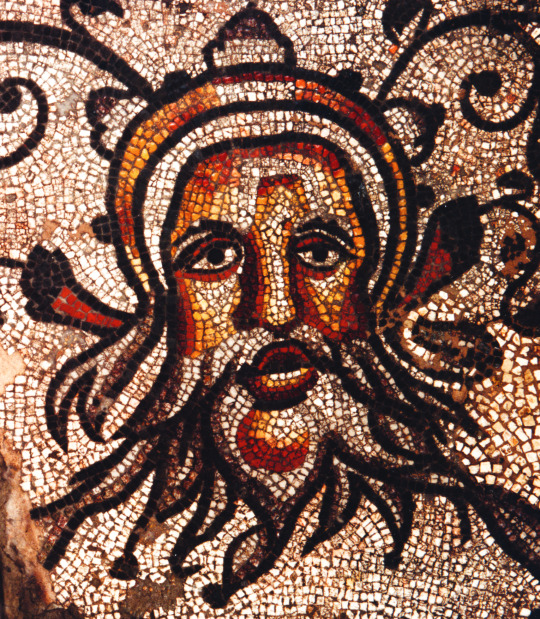
Roman mosaic depicting god Oceanus. From Corinium Dobunnorum, Britannia (Cirencester, Gloucestershire, England)
Current location: Corinium Museum, Cirencester.
Oceanus is the Titan god of the Oceans in Roman and Greek mythology.
118 notes
·
View notes



